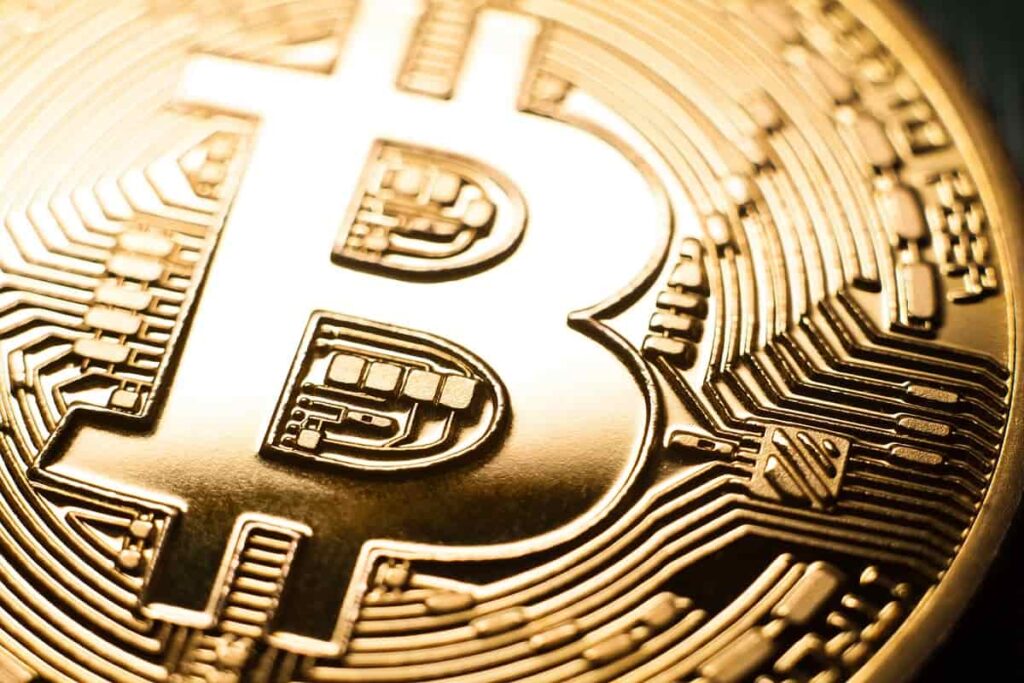A Look at Human IPOs, Human ICOs, and ISAs
Table of contents

Many people seem to be getting all excited about ICOs because they will “fix the broken venture capital model”. It’s as if all the amazing technological innovations around us are somehow lacking and if we could only democratize the flow of money to startups, that would somehow result in an even faster pace of innovation. That’s a naive way to think about venture capital, because the real value-add that you get from a VC is their expertise and access to their network. VCs have seen 100s of businesses succeed and fail, and the lessons learned from those experiences are invaluable.
When you speculate on an ICO, you’re assigning a virtual currency to a white paper (essentially just someone’s idea on paper which is similar to a business plan). Never mind the fact that few VCs on God’s green earth would ever invest in “just a business plan”. VCs invest in people, not ideas. So what if we used blockchain technology in place of a social security number and made everyone “investable”? What if we used blockchain technology to create a virtual currency for every human being as they are born? Here’s how that might look.
A Human ICO Using Blockchain
Little Johnny pops out and his DNA is fed into an Illumina machine which creates a unique cryptocurrency based on his DNA. That cryptocurrency can then be sold as an “initial coin offering” when Johnny’s parents decide they need money for that hefty private school tuition bill. Speculators will come sniffing around for additional information, like what sort of accomplishments Johnny’s parents have had in their lives. Maybe they’ll want to know a bit about the broader family pedigree. The value of little Johnny’s cryptocurrency will be based solely on the future expectations of his success.
Once little Johnny has graduated high school and entered into the real world, he may decide to go to college. You might see that cryptocurrency double based on a successful application to Harvard or Stanford. Choosing to major in underwater basket weaving will send the currency plummeting. So will that DUI arrest which shows little Johnny is heading down the wrong path in life. While this may sound far-fetched, some business models are being developed around the concept of a human IPO. No, we’re not talking about Mike Merrill, the guy with a strange sadomasochistic experiment that involves people buying shares in him and controlling his life. It’s still quite an interesting experiment though, and here’s how his stock has performed so far:
People primarily invest to make returns, not for the novelty of telling someone like Mike Merrill how to live his life. Actually investing in someone’s future earning potential for the purpose of receiving a return on that investment actually exists today through something we call ISAs.
Income Share Agreements (ISAs)

For example, you’re a rising senior Economics major with an ISA of $10,000. Based on your anticipated salary in that field upon graduation, you pay 3.38% of your $47,000 salary for 100 months. At the end of the contract, you would have paid back $15,673, and fulfilled the terms of your ISA.
Now here’s the interesting part. The typical contract is for ten years. That means for the ten years following graduation, you’ll be paying a percentage of your income regardless of what you earn. Even if you don’t earn enough to pay back the original loan, you are only obligated to pay for the duration of the contract. On the flip side, if you do spectacularly well because you are an aggressive go getter, you’ll pay up to 250% of the original loan amount. This is why if you want to pay back your loan early, you will need to pay back 2.5X the original amount. If you happen to be unlucky for the first 10 years of your career and not do so well, it’s not like you have a huge student loan that’s collecting more and more interest as time goes on. It’s a situation where everyone seems to win. Here’s an example of the proposed terms for a Computer Science sophomore who needs a loan today:
Of course not everyone accumulates wealth by getting a STEM degree and working extremely hard. Some are able to do this using other talents, like rapping. We dedicated an entire article to a recent IPO which lets people share in the royalties that Eminem gets from his music. Because aspiring musicians are a dime a dozen, this business model only makes sense for people who have proved their potential. This is a good segue into our next topic which is about investing in the future potential of athletes, and how that didn’t go so well.
Human IPOs for Atheletes
Founded in 2012, San Francisco startup Fantex took in nearly $51 million from some big time investors like the former head of the New York Stock Exchange. All that funding was spent on developing “a new asset category of stocks tied to the earnings of professional athletes”. The idea was that investing in these “human IPOs” was a way to provide a new asset class that would offer investors greater diversification. They had six human IPOs that managed to raise about $26 million. On the surface the idea sounds pretty cool, especially if you’re into American sports:
Fast forward to April of this year and the whole thing flops. According to an article by the Financial Times on the topic, the platform was shut down due to low trading volumes which didn’t bode well for a business which was supposed to make its money on trading commissions. Fantex had a proper go at developing the idea of a human IPO and failed, which shows us that human IPOs for high earning individuals aren’t as promising as they seem.
A Future Where all Humans IPO?
If blockchain technology is used in place of a social security number, you would be able to accurately track every single bit of income a person ever received throughout their lifetime and you could then begin to place a present value on all the future unearned income for a person. You could then take out loans against that unearned income which is the same idea behind business models like Vemo Education except now you have more “traceability”. If we throw into the mix some psychometric tests, we may then be able to start valuing these “human assets” with a fair degree of accuracy and investing in those who will be most successful in life. That’s how things have worked so far in our meritocratic society. The most talented reap the rewards and we reap the benefits.
Conclusion
On the flip side, we also need to consider that the number of available entry-level jobs for graduating students will likely fall dramatically in the coming years due to advances in artificial intelligence. Jobs will be harder and harder to come by and fewer students will be able to show the +250% returns that ISAs hope for. The skyrocketing default rates on the $1.4 trillion in outstanding student debt means that there’s a problem to begin with for student loan fintech startups like SoFi. It remains to be seen if treating humans more like assets will help solve this problem.
Sign up to our newsletter to get more of our great research delivered straight to your inbox!
Nanalyze Weekly includes useful insights written by our team of underpaid MBAs, research on new disruptive technology stocks flying under the radar, and summaries of our recent research. Always 100% free.

















